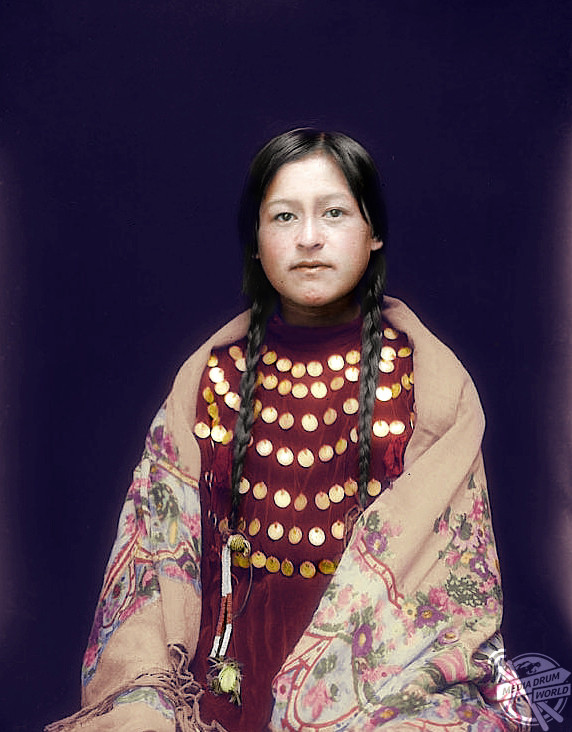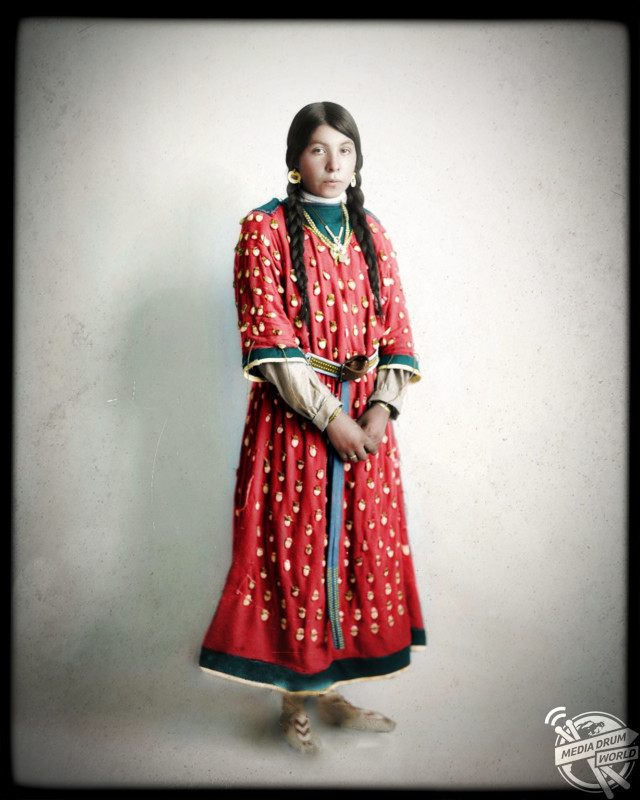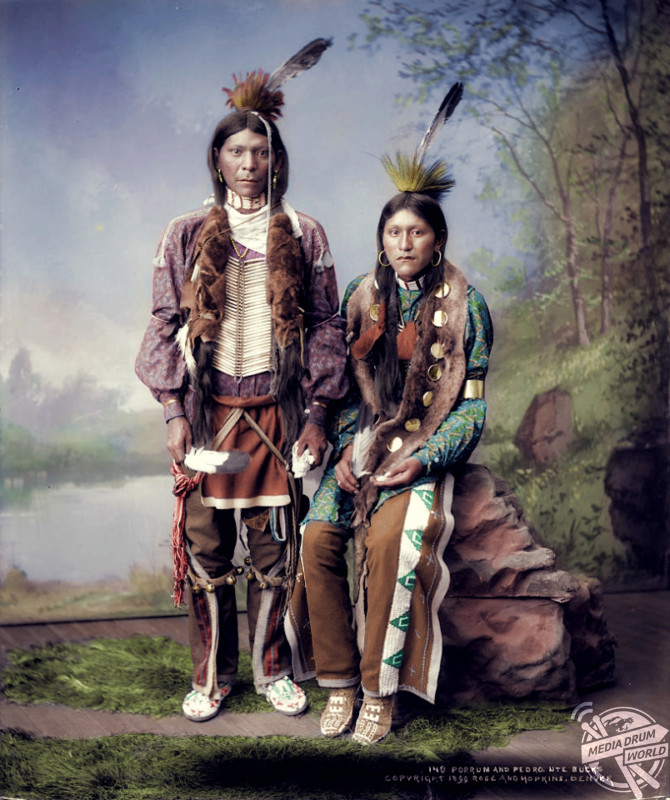By Rebecca Drew
INCREDIBLE portraits of Native Americans from up to 120 years ago have been brought to life in a series of colourised pictures.

The stunning series of images include Iron White Man from the Sioux tribe who travelled with Buffalo Bill’s Wild West Show wearing the police uniform he would have performed in and a Native American on the Flathead Indian Reservation in Western Montana clutching a rifle.

Contrastingly, other spectacular pictures show Plain Owl of the Crow tribe wearing traditional dress and holding a tomahawk in his lap.

The amazing pictures were colourised by bank technician, Frédéric Duriez (51) from Angres, Pas de Calais, France. Frédéric has been practicing colourisation for two years.
“I see that there is a lot of humanity and quietness in the Native Americans’ faces, in their attitude there is a spirit of freedom,” he said.

“It was not easy to colour the skin as I had to find the exact hue and with the clothes I had to do the same, I had to search on the internet for the model that would correspond.

“When I colourise, I look at people’s faces and I research the fashion period, in fact, I imagine myself painting a picture.”

William Frederick ‘Buffalo Bill’ Cody was a frontier scout who supported the Native American way of life but in his shows, they were often depicted attacking stagecoaches and wagons. Cody encouraged whole families of Native Americans to travel with the show and would let them pitch homes near the performances to show spectators that they were human.


“Many tell me that they are impressed by the colours I use and that it highlights the characters.”







